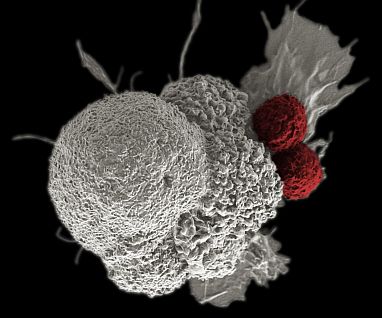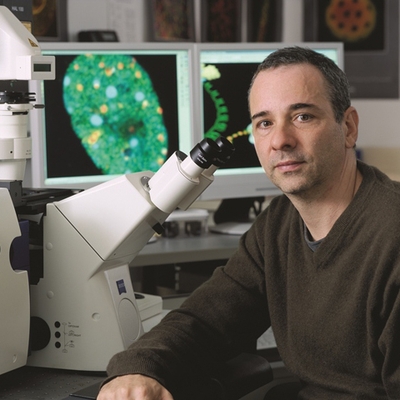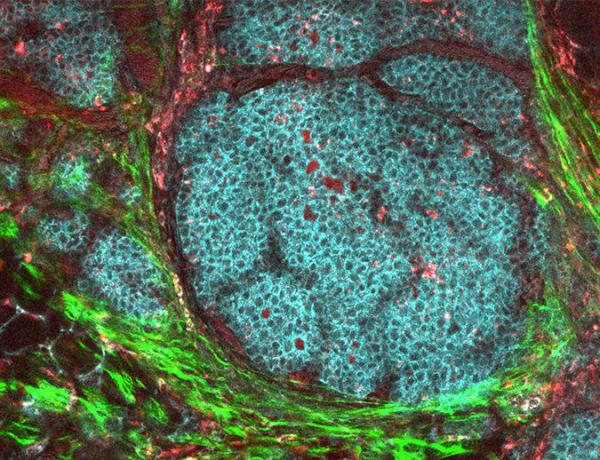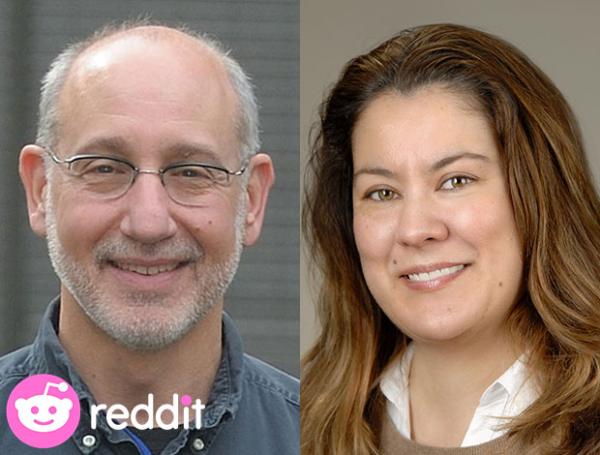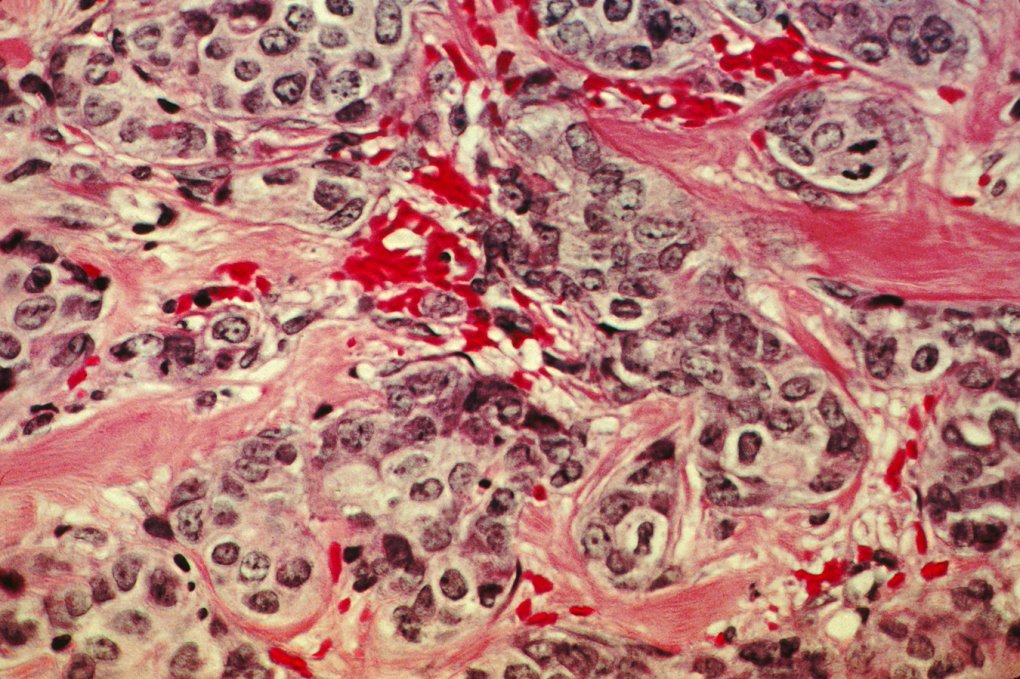Software Tool Guides Breast Cancer Care
IRP’s Jinani Jayasekera Hopes to Help Women Make Medical Decisions
The women in our lives deserve flowers and thanks on Mother’s Day, but they also deserve attention to their well-being. This past Sunday, May 12, marked the start of Women’s Health Week, a time to reflect on the decisions women make to look after their own health.
For instance, breast cancer treatments are something no woman wants to think about, but every year about 240,000 newly diagnosed women in the U.S. face high-stakes decisions about what medical interventions to pursue. IRP Stadtman investigator Jinani Jayasekera, Ph.D., and her colleagues in the IRP’s Health Equity and Decision Sciences (HEADS) lab develop software-based clinical decision-making tools to help women and their doctors assess and address their health risks when choosing treatments.




